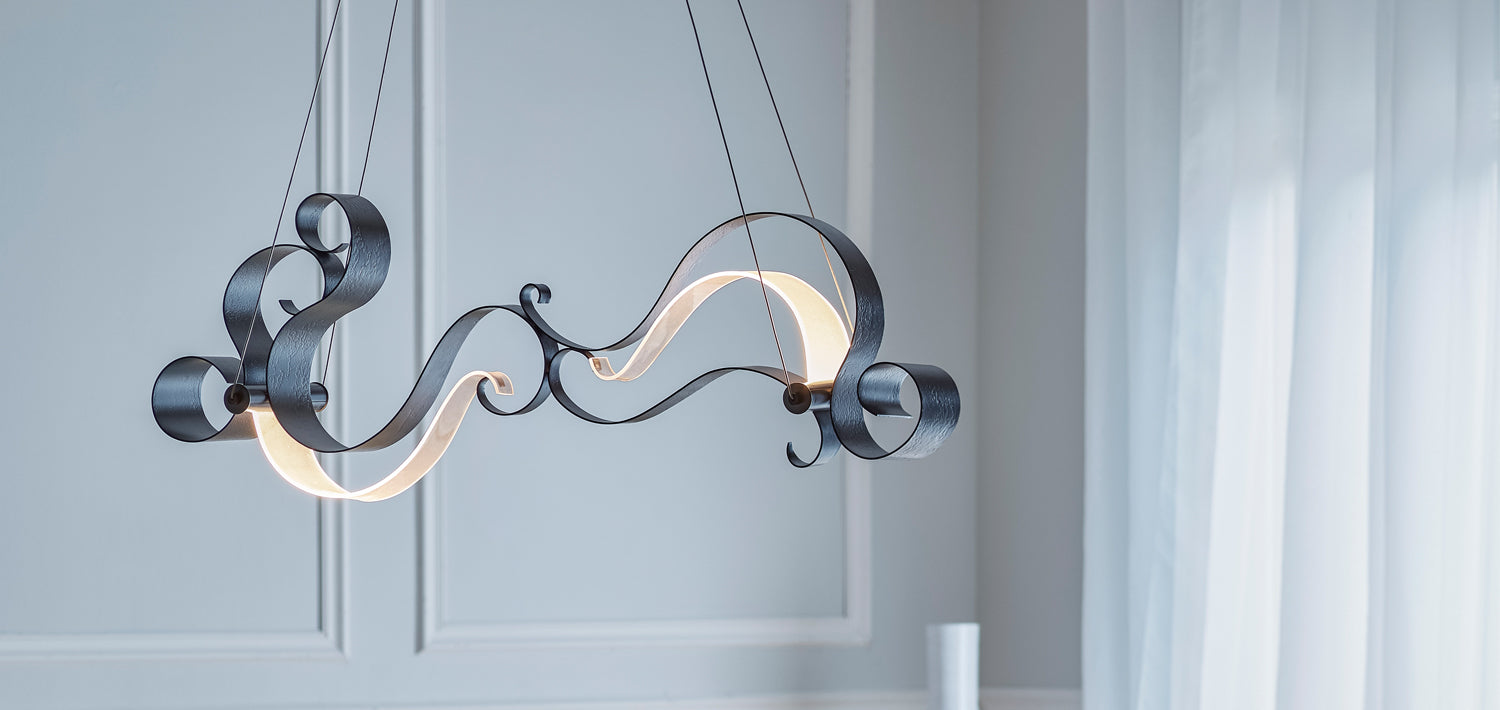On orders $99+
On orders $99+

To determine the build quality of a light fixture, start by examining the materials used; high-quality fixtures often feature solid metals like brass or stainless steel, and thick, clear glass or well-crafted ceramic. Assess the craftsmanship by checking for smooth welds, tight fittings, and clean finishes, ensuring that all components are securely assembled and properly aligned. The weight of the fixture can also indicate quality, with heavier fixtures often being more durable and stable. Additionally, inspect the electrical components, such as wiring and sockets, for sturdiness and proper insulation. Finally, look for certifications like UL or CE marks, which indicate that the fixture meets safety and performance standards.
Let's break this down.
When selecting a light fixture, its build quality is a crucial factor that impacts not only the fixture’s longevity but also its safety, performance, and overall aesthetic appeal. Whether you’re a homeowner seeking durable lighting solutions or an interior designer aiming to provide clients with high-quality options, understanding how to assess the build quality of a light fixture is essential. This in-depth guide will walk you through the key indicators of build quality, from materials and craftsmanship to safety standards and certifications.
The build quality of a light fixture affects several aspects of its functionality and longevity:
The materials used in a light fixture are a primary indicator of its build quality. High-quality materials not only contribute to the fixture’s durability but also its aesthetic appeal.
Example: A chandelier made of solid brass with hand-blown glass shades and an electroplated finish is likely to offer superior build quality compared to one made of thin, painted metal and low-grade plastic components.
The craftsmanship of a light fixture speaks volumes about its quality. A well-constructed fixture will have tight, secure fittings, precise welds, and clean seams. Attention to detail in the assembly process is crucial for both the fixture’s aesthetic appeal and its functionality.
Example: A pendant light with precisely welded joints, evenly spaced bulbs, and a flawless finish demonstrates high craftsmanship, indicating that it was built to last.
The weight of a light fixture can also be an indicator of its build quality. Heavier fixtures made from solid materials tend to be more durable and stable. However, weight should be balanced appropriately for the fixture’s design to ensure it can be safely mounted and installed.
Example: A well-crafted chandelier will have a substantial weight that reflects its solid construction, yet it should be evenly balanced so that it hangs straight and remains stable.
The quality of a fixture’s electrical components is crucial for both safety and performance. Substandard components can lead to flickering lights, electrical shorts, or even fire hazards.
Example: A fixture with well-insulated wiring, sturdy ceramic sockets, and smooth-operating switches indicates that the manufacturer has prioritized safety and performance in its design.
Certifications and adherence to industry standards are strong indicators of a fixture’s build quality. Look for home lighting fixtures that have been tested and certified by recognized safety organizations.
Example: A ceiling fan with UL certification and an Energy Star label not only assures safety and reliability but also guarantees energy efficiency, making it a high-quality choice.
Whenever possible, examine the light fixture in person before purchasing. This allows you to assess the materials, craftsmanship, and overall construction quality firsthand. Look for any signs of poor workmanship, such as uneven finishes, loose components, or substandard materials.
Online reviews and customer feedback can provide valuable insights into a fixture’s build quality. Look for reviews that mention the durability, ease of installation, and overall satisfaction with the fixture. Additionally, research the manufacturer’s reputation—brands known for their commitment to quality are more likely to produce reliable fixtures.
A good warranty is often a sign of a manufacturer’s confidence in their product. Look for lighting fixtures that come with a warranty, and make sure to read the terms and conditions. A longer warranty period is typically indicative of higher build quality. Also, check the availability of customer support should you encounter any issues.
Determining the build quality of a light fixture involves a careful assessment of materials, craftsmanship, weight, electrical components, and certifications. By paying attention to these key indicators, you can make informed decisions that ensure the fixtures you choose are not only aesthetically pleasing but also durable, safe, and functional. Whether you’re selecting lighting for your own home or advising clients on their interior design projects, understanding how to evaluate build quality will help you choose fixtures that stand the test of time, adding both beauty and value to any space.
Helpful Links:
Illuminating Your Home: Understanding the Different Types of Lighting
Leave a comment